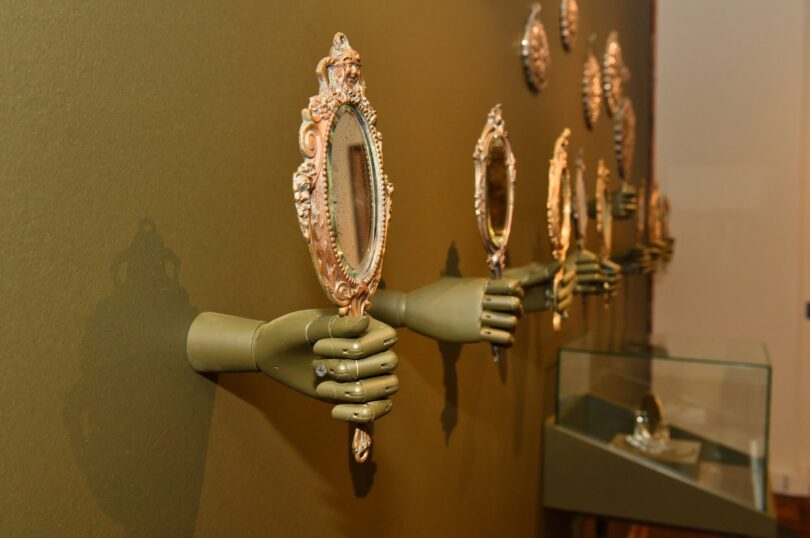ISTANBUL (Monitoring Desk): Kalyon Kültür brings to light a treasure hidden in obscurity as ‘The Nook’ exhibition unfurls a journey that extends from the traditional aesthetic touches of the Ottoman era to the modern breezes of the republic, showcasing the elegance of women
Kalyon Kültür enters the new art year with a unique exhibition called “The Nook” (“Kuytu”) consisting of works that have not been brought to light, from the socio-cultural life of the Ottoman period to the first years of the republic.
Bringing together 1,203 ethnographic works and objects reflecting the social life of women from the 17th to the 20th centuries, the exhibition sheds light on the elegance and colorful world of women from the East to the West by showcasing a special selection reflecting women’s fashion and the characteristics of the period, such as traditional headwear, belts, bags, purses, jewelry, hand mirrors and wristwatches.
Although “The Nook” means “isolated, silent and unremarkable place,” the exhibition takes us on a journey through the rich world of women who lived in a relatively secluded environment and allows us to witness the period. The exhibition focuses on the fashion and lifestyle culture of women from different segments of Ottoman society and the republic.
The opening date of the exhibition, March 9, is intentionally selected as March 8 marks International Women’s Day. For this reason, “The Nook” showcases a total of 1,203 rare works and objects reflecting the taste and soul of women and serves as an example of an East-West synthesis. Businessperson and collector Yusuf Iyilik’s private collection, consisting of selected works and objects from various regions that he has gathered and restored, forms the essence of the exhibition, curated by design and mosaic artist Meyçem Ezengin.
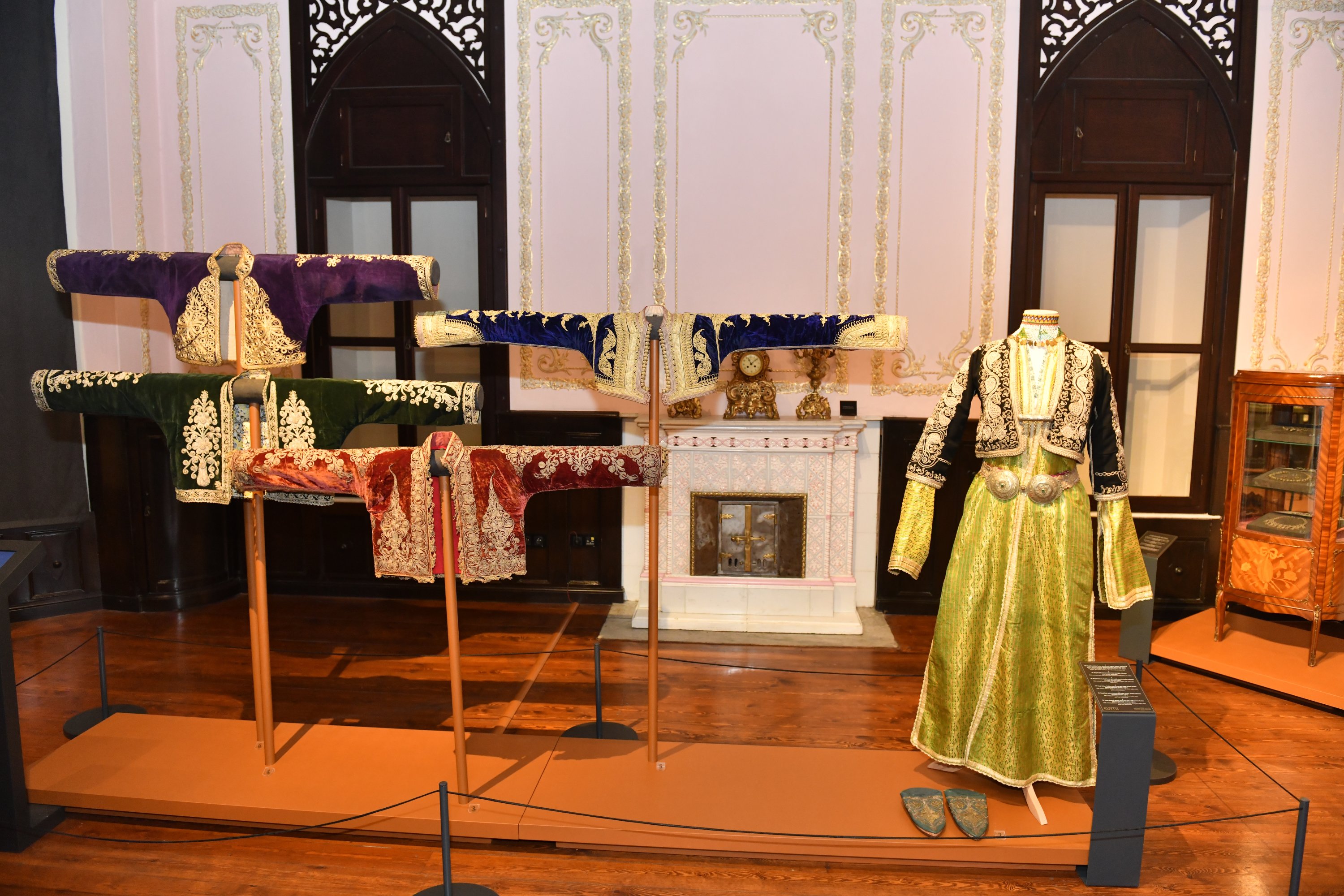
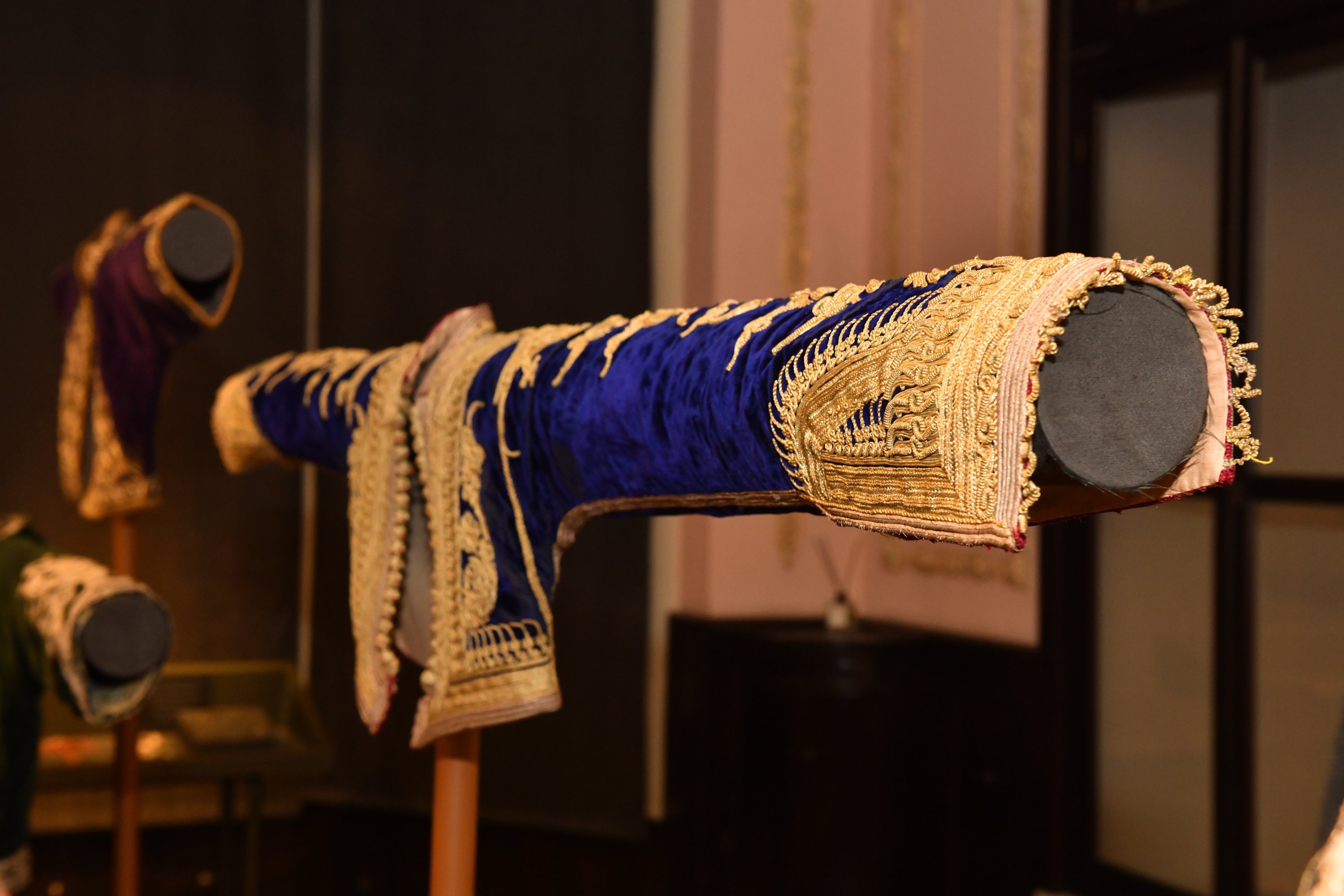
Reyhan Kalyoncu, chairperson of the Kalyon Holding Social and Cultural Affairs Committee, said, “We started our journey with the understanding of ‘Gratitude to the Past, Value to the Future’ at Kalyon Kültür, and now we are in our third year. We have hosted many valuable national and international exhibitions and workshops on different topics. The space we are in, the Stone Mansion, has existed throughout history with art and art lovers.”
“We support all disciplines of art in this building as our loyalty to the city. We will continue our program with our vision of being able to touch society with the idea of art being everyone’s right. Due to the earthquakes that deeply affected our country, we had concerns about the exhibition’s opening. However, believing that the healing power of art would be good for all of us, we went ahead with the exhibition for art lovers,” she added.
The exhibition is open free of charge at Kalyon Kültür between March 9 and June 30.
Stone Mansion
The exhibition being held at the Nişantaşı Stone Mansion, which was restored by the Kalyon Foundation in 2019 and opened as Kalyon Kültür in 2020, as part of the mission “Gratitude to the Past, Value to the Future.” The Stone Mansion is the birthplace and inspiration of the poet Ihsan Raif and has always been a meeting place for artists.
The Stone Mansion was built by Sultan Abdulhamid II and was allocated to Mehmet Raif Pasha, who would give the mansion its name, in the last months of 1889. Mehmet Raif Pasha (Köse) was a statesman who served as a governor, minister, vizier and president of the Council of State in the final phase of the Ottoman Empire. (1836, Crete-1911, Istanbul)

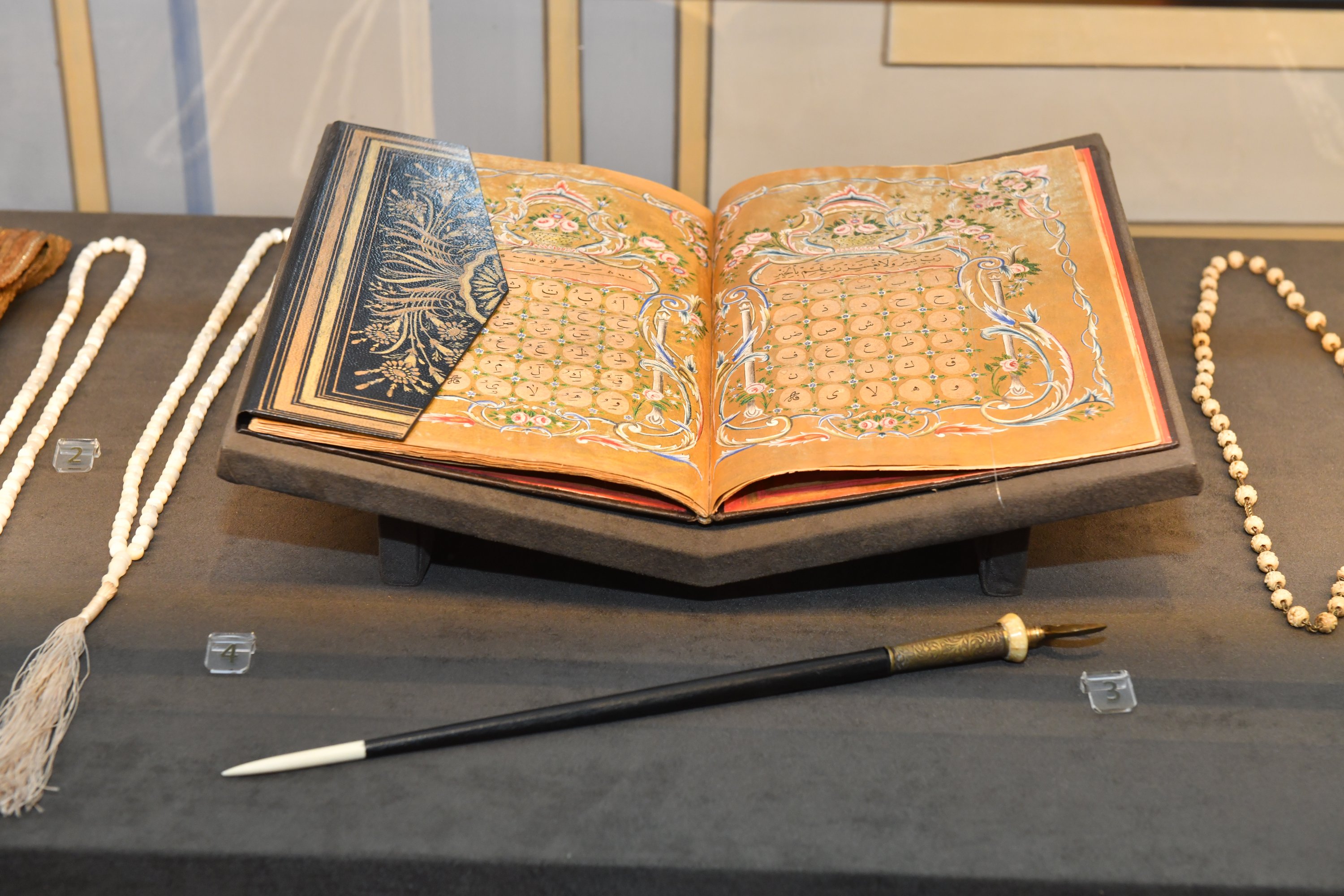
Servet Hanım and poet Ihsan Raif Hanım (1877, Beirut-1926, Paris), the daughter of Mehmet Raif Pasha, lived in this mansion in different periods. According to her, the Stone Mansion was a place where poetry, music and art were nourished.
Ihsan Raif Hanım was the first female poet to use the “syllabic meter.” In addition to 19 works of poetry and music with lyrics and compositions of her own, she also had poems written by others. The poem “Kimseye Etmem Şikayet,” which she wrote when she was only 13 years old and also worked on a composition for, was later arranged into the Turkish “nihavent” mode by Kemani Sarkis Efendi and became one of the most important classics of Turkish art music.
After Ihsan Raif Hanım’s death, the mansion was inhabited by the Mardin family in 1929. Public relations specialist Betül Mardin lived in the mansion for a while, and her music producer brother Arif Mardin was also born here. In 2019, the Kalyon Kültür Foundation leased the mansion.
Since 2020, the Stone Mansion has been serving as Kalyon Culture, continuing its life as a young social gathering place where contemporary culture and art are nourished by its past connections.
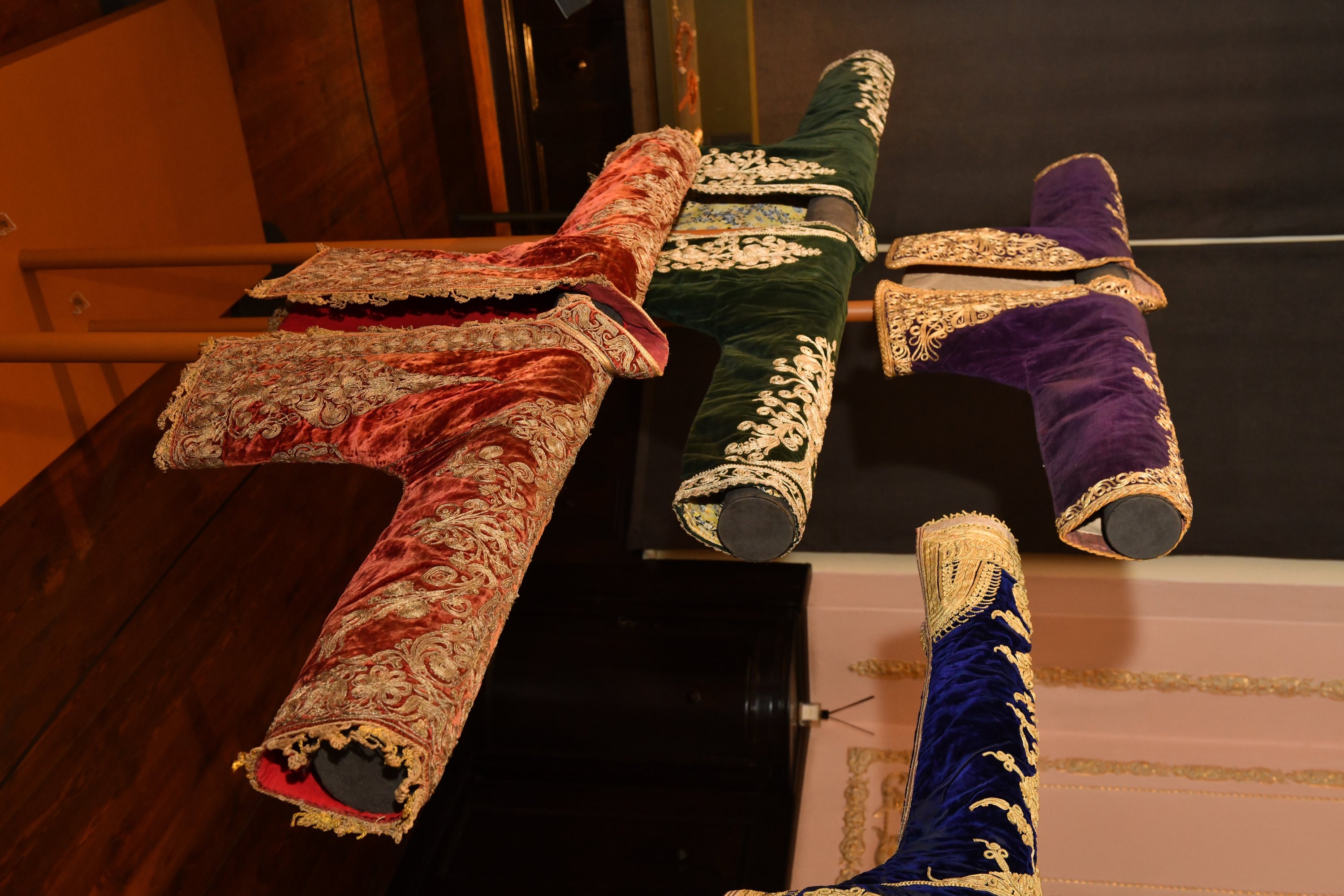
Interior embellishments
The interior decoration of the mansion displays the traces of three different periods. The first period is the program that was applied during the initial construction of the mansion and was revealed through scraping work.
Then comes the second period, when the second floor was added to the building. The decorations of this period consist of pen work decorations on canvas on the ceilings of two sitting rooms and a corridor facing Rumeli Avenue on the second floor, as well as a creation rediscovered after the restoration of one of the rooms’ walls.
At one point, the building underwent a radical renovation. As a result, the decorations of the ornate rooms on the ground floor and the ornate large salon on the first floor were changed to a gilded plaster relief technique, and the original pen work decorations seen in the ornate rooms on the ground floor and the first salon walls on the second floor were covered. The baroque character generally stands out in terms of style in all three periods. On the facade of the building, neo-Gothic elements are prominent.
In the context of the transformation process that began with the Tulip Era in Ottoman art, elements referred to as “Baroque,” “Rococo,” “Empire,” “neo-Classical,” “neo-Gothic,” and “Orientalist” with European origins also become widely popular, influencing architectural ornamentation, either alone or in an eclectic manner. Instead of the traditional style, arches of “C” and “S” curves were decorated with acanthus or oyster motifs, Corinthian and Ionic column capitals, entwined spring branches, flower bouquets, curtain motifs, traditional motifs and surfaces framed by these motifs were induced.
Courtesy: Dailysabah

